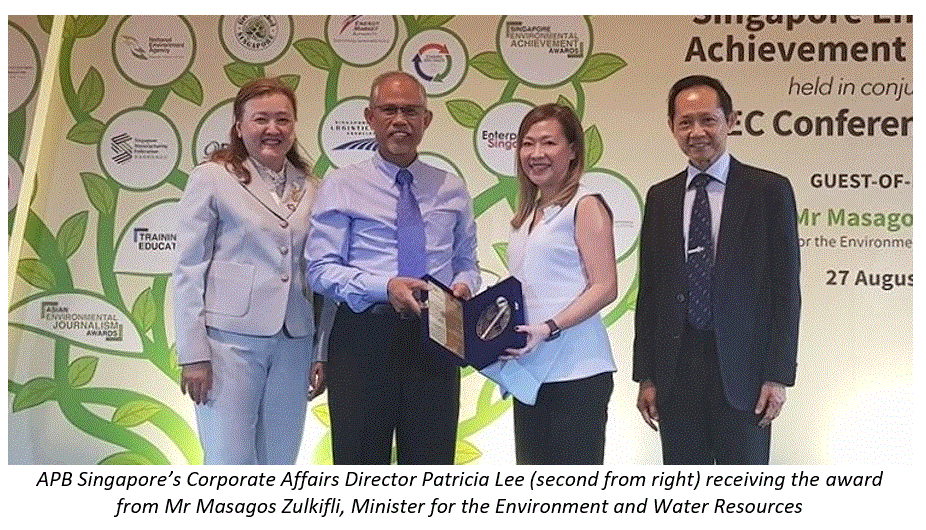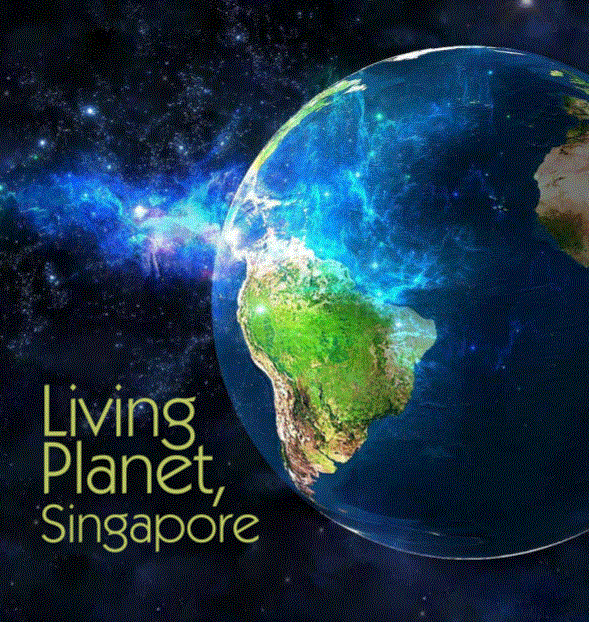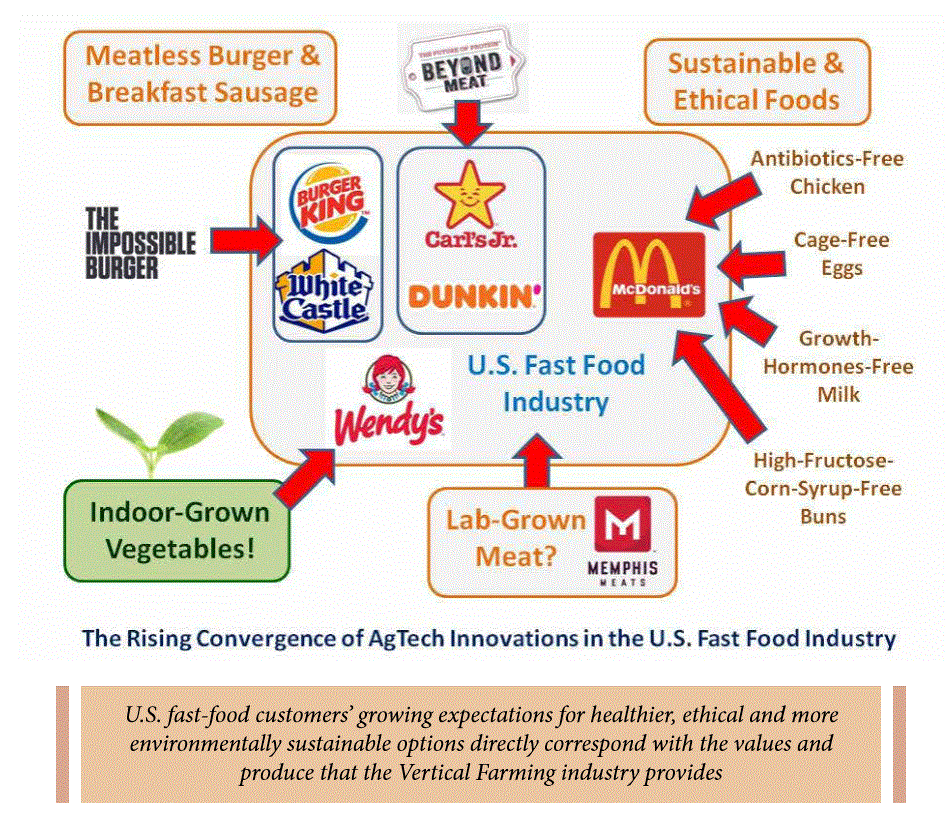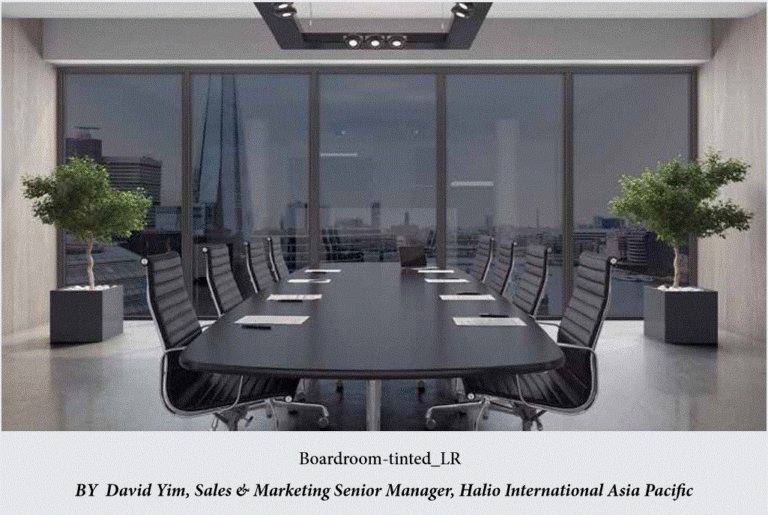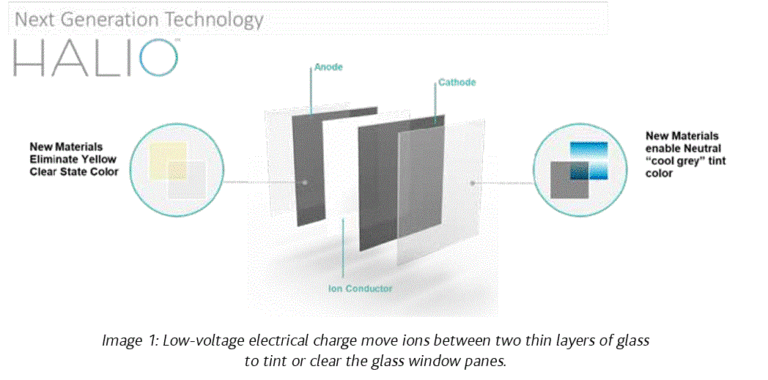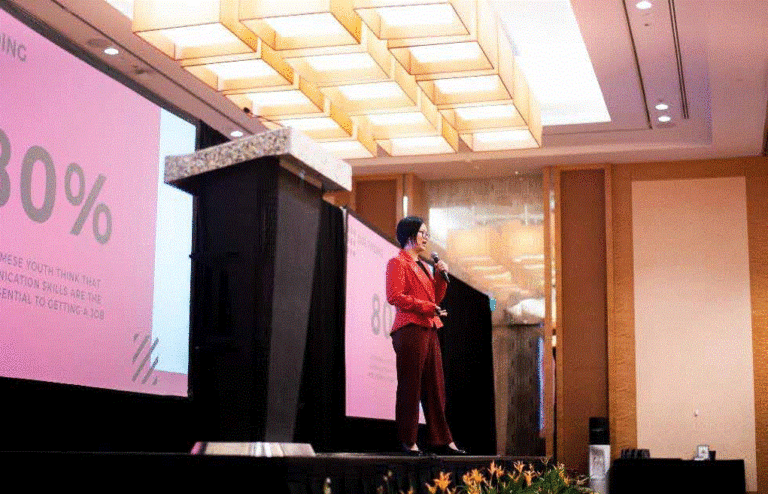In October 2018, the United Nations issued a stark warning to the world. We have just 12 years to avoid a committed mean global temperature rise of 1.5oC, or risk triggering catastrophic climate change. According to the UN, keeping to the 1.5oC target under the 2015 Paris Climate Agreement will require “rapid, far-reaching and unprecedented changes in all aspects of society” to avoid what the UN refers has previously referred to as “dangerous anthropogenic interference with the climate system”.
The intricate relationships that exist between global ecosystems and biodiversity play a vital role in controlling the fluxes of GHGs and regulating climate stability. Coupled with the climate crisis, the world is also facing an equality dire ecological crisis which has been caused by the rapid and extensive degradation of the planet’s ecosystems, including its oceans, forests, and wetlands.
As a result, the Earth has now entered its sixth-mass extinction event, where the rate of species loss has risen to between 100 and 1000 times higher than natural background levels. In the last 50 years alone, the world is estimated to have lost over 60% of its wildlife, and about 75% of the planet’s land area is now degraded as a result of modern agricultural practices and rapid urbanisation.
Nothing short of massive, strong and global coordinated global action is now required to prevent a climate catastrophe and ecological breakdown, and their associated risks to humanity. A return to the climate of the current Holocene interglacial period, in which human civilisation developed, requires that the Earth’s radiative energy imbalance be corrected via rapid GHG reductions and the restoration of global ecosystems.
Singapore faces unique threats and opportunities in the face of a rapidly changing climate system and
the global ecological crisis. As a small, tropical island state nation, Singapore is increasingly vulnerable to both rising sea levels and warmer temperatures. The nation also faces indirect threats from a disruption of the global food supply chain as a result of changing weather patterns. In the face of these threats, Singapore is nonetheless well-placed to increase its resilience to climate change by developing appropriate adaptation and mitigation strategies. By leveraging its economic strength, its robust urban planning system, and its advanced research capabilities, Singapore has a unique opportunity to rise to the challenges of a changing climate. Furthermore, as a leader in the ASEAN region, Singapore also can develop advanced technologies to address sustainability challenges and lead the way for the rapidly growing nations of Southeast Asia.
by
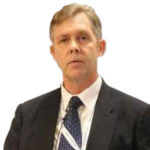
Prof. Jeff Obbard

